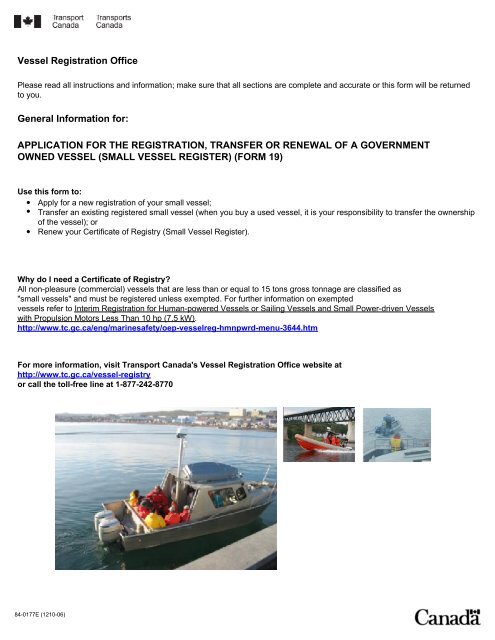Presentation:
As of late, another player has arisen in the domain of tobacco utilization – nicotine pockets. These little, discrete pockets have been building up some forward momentum among shoppers around the world, offering an option in contrast to conventional smoking and vaping. As their fame keeps on rising, it’s urgent to dig further into what nicotine pockets are, the manner by which they work, and their expected effect on general wellbeing and the tobacco business.
What Are Nicotine Pockets?
Nicotine pockets are little, pre-divided pockets containing nicotine, flavorings, and different base materials like plant strands, cellulose, or biting gum base. Dissimilar to customary tobacco items, they don’t need ignition or inward breath. All things being equal, clients place them between their gum and lip, permitting the nicotine to be retained through the oral mucosa.
How Do Nicotine Pockets Work?
The nicotine in these pockets is delivered bit by bit as it comes into contact with spit, giving a constant flow of nicotine to the client. This technique for Nicotine Pouches conveyance imitates the experience of smoking or vaping without the requirement for breathing in smoke or fume. Clients regularly experience a speedy beginning of nicotine fulfillment, settling on nicotine pockets a well known decision for those looking for a careful and helpful method for consuming nicotine.
Assortment and Customization:
One of the engaging parts of nicotine pockets is the large number of flavors and nicotine qualities accessible. From fruity to minty flavors, clients can pick pockets that suit their taste inclinations. Also, nicotine pockets come in different nicotine focuses, permitting clients to unequivocally control their nicotine admission more. This degree of customization adds to their allure, taking care of a different scope of shoppers.
Wellbeing Suggestions:
While nicotine pockets offer an option in contrast to conventional smoking and vaping, questions remain with respect to their drawn out wellbeing impacts. Advocates contend that since they don’t include ignition, nicotine pockets might present less wellbeing gambles contrasted with smoking. Nonetheless, concerns endure in regards to nicotine compulsion and potential oral medical problems related with delayed use. Further exploration is expected to completely comprehend the wellbeing ramifications of nicotine pockets and their part in hurt decrease techniques.
Administrative Scene:
The administrative scene encompassing nicotine pockets shifts from one country to another. In certain locales, they are dependent upon similar guidelines as conventional tobacco items, including age limitations and promoting restrictions. Be that as it may, in different regions, they fall into an administrative hazy situation, prompting banters about how they ought to be grouped and controlled. As their prevalence develops, policymakers face the test of offsetting general wellbeing worries with individual opportunities and mischief decrease endeavors.
Influence on the Tobacco Business:
The ascent of nicotine pockets has upset the customary tobacco industry, provoking laid out organizations to expand their item contributions or put resources into elective nicotine conveyance frameworks. Some tobacco organizations have entered the nicotine pocket market themselves, perceiving the potential for development and advancement in this arising area. As purchaser inclinations keep on developing, the tobacco business should adjust to fulfill changing needs and administrative tensions.
End:
Nicotine pockets address a huge development in the realm of tobacco utilization, offering a cautious, helpful, and possibly less destructive option in contrast to smoking and vaping. While their drawn out wellbeing impacts are still under a magnifying glass, their notoriety keeps on taking off among buyers around the world. As we explore the intricacies of guideline, general wellbeing, and industry elements, it’s vital for keep observing and investigating nicotine pockets to guarantee informed independent direction and advance the prosperity of people and networks.…

